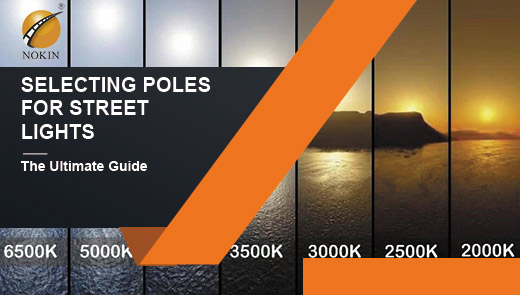Solar Street Light Selection Guide for Remote Areas in Africa
Feb 18, 2025
In remote areas of Africa, solar street lights are an important infrastructure for improving community safety and economic activities. However, extreme heat, seasonal rainstorms, and sandstorms pose severe challenges to equipment durability. In the next blog, Nokin will combine Africa's localization needs to provide feasible selection strategies and success cases, hoping to help you!
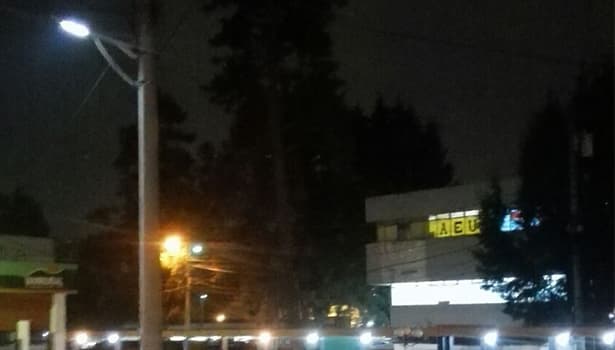
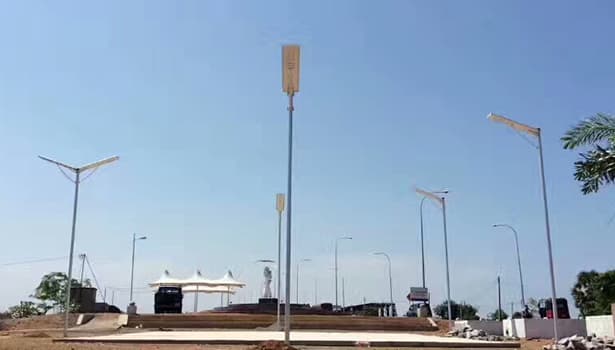
* Economic type: hot-dip galvanized steel pole ($85/piece, life span 8 years)
* Long-term type: aluminum-magnesium alloy pole ($220/piece, life span 15 years+)
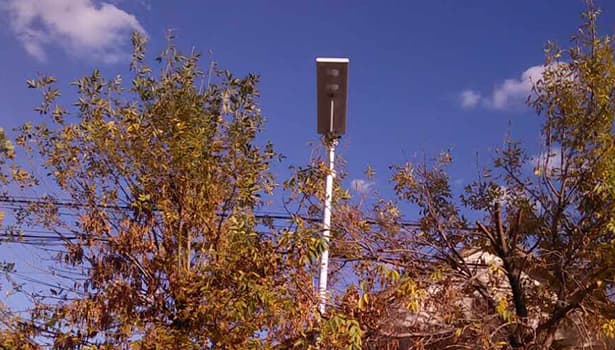
* Anti-biological damage: The East African version of solar LED street lights adds an anti-termite resin coating.
* Transportation optimization: Special camel transportation packaging for the Sahel region
* Multi-functional integration: Congo mining area solar powered street lights are equipped with mobile phone charging interfaces.
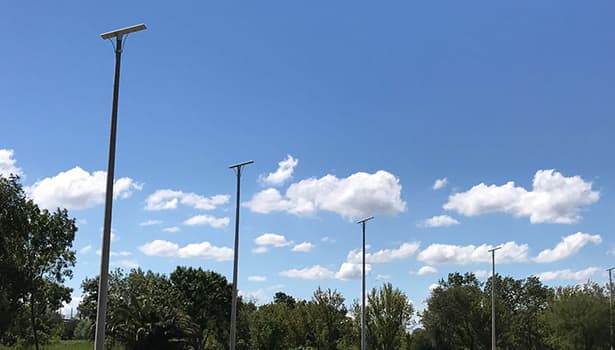
* 60W lighting power (10 hours/day)
* The project adopts a modular design, which not only ensures that the equipment has sufficient waterproof and dustproof functions but also can operate stably in extreme environments such as high temperature and high humidity.
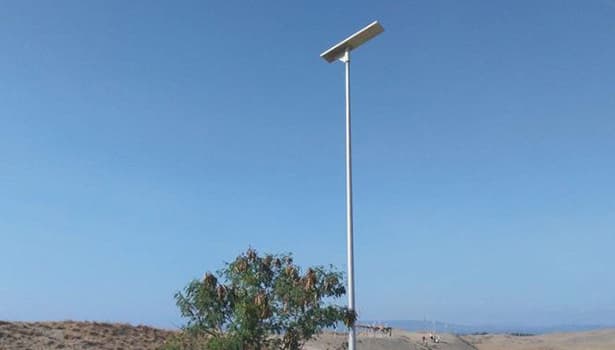
In remote areas of Africa, solar powered LED street lights are key facilities to break through energy difficulties and promote community development, but extremely high temperatures, high humidity, corrosion, and sand and dust invasion pose triple challenges. Nokin has proposed a systematic solution through field project verification: using a high-temperature-resistant lithium battery system (cycle life increased by 3 times), monocrystalline silicon photovoltaic panels (conversion efficiency ≥ 21%), and intelligent temperature control technology (automatic dehumidification/sand and dust mode), combined with hot-dip galvanized steel poles (85 μm coating) and an anti-biological damage coating, the life of the equipment is effectively extended in a high-temperature 45°C and 80% humidity environment.
If you are also looking for a suitable supplier for your solar led street light project, contact Nokin immediately. Our engineers will customize a high-temperature and corrosion-resistant African project solution for you within 24 hours!

Three core challenges of African climate to solar street lights
1. Extreme high temperature: the invisible killer of battery life
In sub-Saharan Africa, continuous high temperatures not only affect equipment performance but also directly threaten the economy and sustainability of solar LED street light systems. Extreme temperatures hurt electronic components, batteries, and LED lamps of solar powered street lights. Long-term high-temperature operation may cause accelerated aging of components, performance degradation, and even shortened service life.2. High humidity: an accelerator of metal corrosion
The annual humidity in the Congo Basin in central and western Africa is >80%, which poses a severe challenge to the normal use of solar powered LED street lights. Water vapor in the air can easily penetrate the equipment, causing corrosion and circuit failure. High humidity environments put higher protection requirements on streetlight housings, connectors, and battery packs.3. Dust storms: the nemesis of photovoltaic efficiency
Frequently visited severe weather, such as sandstorms, has a serious impact on the power generation efficiency of solar panels. For example, the monthly dust accumulation of photovoltaic panels in Niger has caused a 22% drop in power generation, which seriously affects the operating time of solar street lights. In addition, severe weather conditions such as heavy rain and sandstorms also need to be fully considered when selecting to ensure long-term stable operation of the equipment.
Five golden rules for selecting solar streetlights in high-temperature and high-humidity environments
1. Battery system selection: balance between life and cost
Under high temperature and humidity conditions, lithium batteries (such as lithium iron phosphate batteries) perform better than traditional lead-acid batteries, with long cycle life and better resistance to high temperatures. Some products are equipped with temperature monitoring and protection mechanisms, which can automatically adjust the working state or perform power-off protection when the temperature is abnormal. In the design of lamps and drive circuits, heat sinks, air ducts, and other structural designs help quickly dissipate heat and reduce component failures caused by high temperatures.2 Key technical parameters of photovoltaic panels
Select solar panels with high conversion efficiency, high-temperature resistance, and corrosion resistance to ensure that they can still generate electricity efficiently in high-temperature environments. It is recommended to choose solar powered street lights equipped with monocrystalline silicon photovoltaic panels, which have higher conversion efficiency and higher power generation. In addition, it is recommended to choose a control system with adaptive dimming, remote monitoring, and fault alarm functions for solar street lights, which can better adapt to harsh environments and achieve automatic adjustment and maintenance.3. Equipment anti-corrosion performance
The lamp housing adopts a high-quality anti-corrosion coating, which can not only resist the erosion of a high-humidity environment but also cope with the impact of dust and rain. The high-precision sealing process is used to ensure that each interface and joint meets the requirements of waterproof and dustproof to prevent moisture intrusion. In Africa, the commonly used solar streetlight poles are generally of the following two types:* Economic type: hot-dip galvanized steel pole ($85/piece, life span 8 years)
* Long-term type: aluminum-magnesium alloy pole ($220/piece, life span 15 years+)

4 Essential Functions of Intelligent Control Systems
Through the remote monitoring platform, real-time data such as street light temperature, battery power, light intensity, etc., are collected to detect problems in time and perform preventive maintenance. The intelligent control system can automatically alarm when the solar powered outdoor street light equipment is abnormal (such as excessive temperature, abnormal humidity, etc.) and take emergency measures to ensure the safety of the equipment, such as automatically starting the dehumidification mode when the humidity is detected to be >75%. In case of sandstorms, turn off non-essential circuits, etc.5 African-specific adaptation designs
Africa has a vast territory, a complex geographical environment, and changeable weather conditions. The needs of various regions for solar street light lighting function systems are also different. Special customization needs are required for special regions.* Anti-biological damage: The East African version of solar LED street lights adds an anti-termite resin coating.
* Transportation optimization: Special camel transportation packaging for the Sahel region
* Multi-functional integration: Congo mining area solar powered street lights are equipped with mobile phone charging interfaces.

A successful case of the African solar street light project
1. Project background
As one of the most populous countries in Africa, Nigeria has long had shortcomings in its power grid infrastructure. Especially in Lagos and surrounding rural areas, due to unstable power supply or even long-term power shortages, night lighting has become a serious problem that restricts residents' life safety and community development. Data shows that three-quarters of Nigerian rural residents have been without electricity for a long time, which not only affects children's after-school activities and residents' safety when traveling at night but also poses a hidden danger to public security.2. Project implementation and solutions
According to local climatic conditions and geographical environment, the core configuration of the solar powered outdoor street lights used is as follows:* 60W lighting power (10 hours/day)
* The project adopts a modular design, which not only ensures that the equipment has sufficient waterproof and dustproof functions but also can operate stably in extreme environments such as high temperature and high humidity.
3. Project results and impact
As the first large-scale off-grid lighting project in rural Lagos, the project has been widely recognized by local governments and residents. Compared with relying on diesel generators for power supply, the solar energy system is not only energy-saving and environmentally friendly, but also greatly reduces daily electricity expenses, and the failure rate is 67% lower than that of traditional solutions.
In remote areas of Africa, solar powered LED street lights are key facilities to break through energy difficulties and promote community development, but extremely high temperatures, high humidity, corrosion, and sand and dust invasion pose triple challenges. Nokin has proposed a systematic solution through field project verification: using a high-temperature-resistant lithium battery system (cycle life increased by 3 times), monocrystalline silicon photovoltaic panels (conversion efficiency ≥ 21%), and intelligent temperature control technology (automatic dehumidification/sand and dust mode), combined with hot-dip galvanized steel poles (85 μm coating) and an anti-biological damage coating, the life of the equipment is effectively extended in a high-temperature 45°C and 80% humidity environment.
If you are also looking for a suitable supplier for your solar led street light project, contact Nokin immediately. Our engineers will customize a high-temperature and corrosion-resistant African project solution for you within 24 hours!

